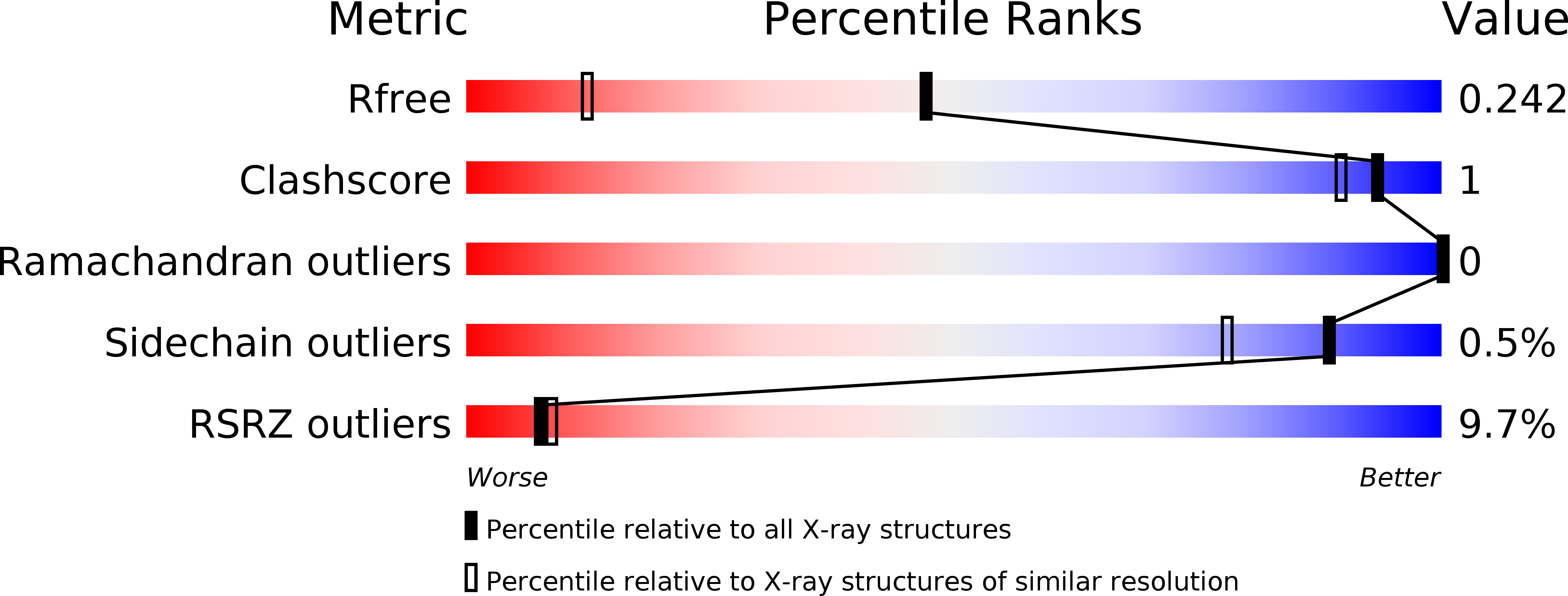
Deposition Date
2019-10-11
Release Date
2020-02-12
Last Version Date
2024-01-24
Entry Detail
PDB ID:
6T3Z
Keywords:
Title:
Crystal structure of the truncated EBV BFRF1-BFLF2 nuclear egress complex
Biological Source:
Source Organism:
Epstein-Barr virus (strain GD1) (Taxon ID: 10376)
Host Organism:
Method Details:
Experimental Method:
Resolution:
1.56 Å
R-Value Free:
0.24
R-Value Work:
0.21
R-Value Observed:
0.21
Space Group:
P 61 2 2


